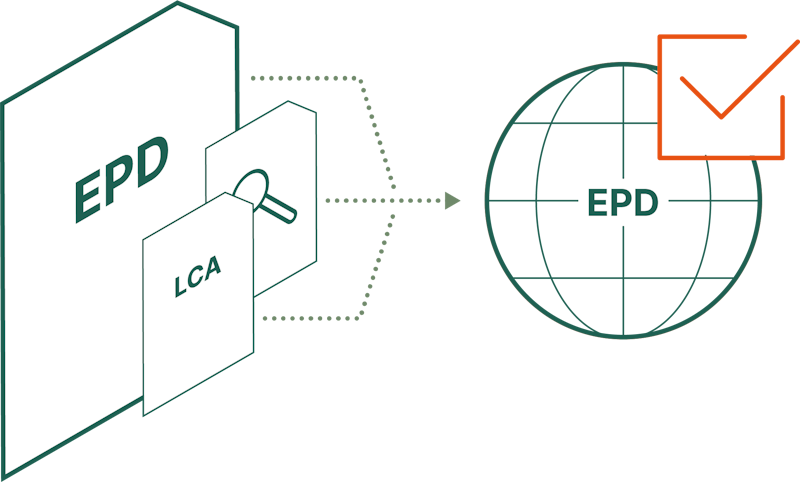EPD development

Process for EPD Development
EPD Development in 5 Steps
Developing an EPD in the International EPD System (IES) includes the following main steps:
select a product category rule (PCR)
conduct a life cycle assessment (LCA) study
compile information in the EPD reporting format
conduct EPD verification
register and publish the EPD
The development and maintenance of EPDs are carried out in the EPD Portal. To publish an EPD, users must first register in the EPD Portal. After connecting the user account to an existing organisation or a new one, the EPD Owner can then register the EPD in the EPD Portal, with support from an LCA practitioner if needed.
A unique registration number (EPD-IES-XXXXXXX:XXX) is reserved when initiating the EPD development, which is the reference identifier for the EPD after being published. A general rule is that EPDs must only be developed for products already on the market or intended to be on the market.
Step 1: Select PCR
Selecting a suitable Product Category Rule (PCR) and complementary PCR (c-PCR), when relevant, is the first step to develop an EPD.
The PCR used must be listed in the PCR Library the International EPD System, and be valid at the time of the verification. If an applicable c-PCR exists in the International EPD System, it must be used together with its main PCR. If needed, the Secretariat may provide guidance in finding the correct PCR.
The Secretariate should be contacted in case of doubts about the applicability of the PCR to the product in question and may in turn seek support from the PCR Moderator or the Technical Committee (TC).
If a PCR does not exist for the product category of interest, it may be developed based on the process described under PCR Development, with approval of the Secretariat. If more than one PCR is applicable, the EPD owner may choose to use any of them, but it is recommended to use the one that is more specific in scope in terms of product function.
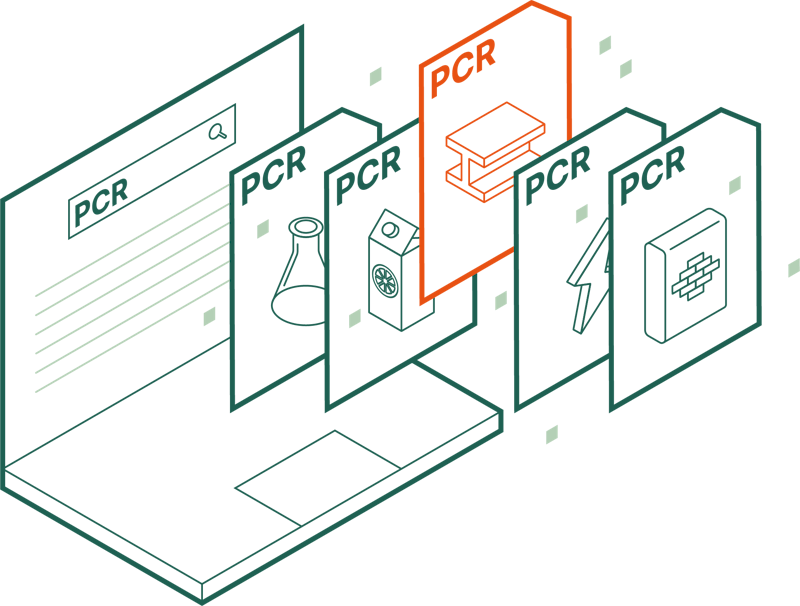
Step 2: Conduct LCA Study
The life cycle assessment must be conducted in accordance with a suitable PCR (and a c-PCR when relevant).
When developing an EPD, the environmental performance is derived from the life cycle assessment. The LCA may be performed in-house by the EPD Owner or with the help of a consultant with expertise in LCA and environmental declarations. An open list of LCA consultants can be found on LCA Consultants.
The LCA study must comply with:
the international accepted principles, framework, methodology and practices for LCA established by ISO 14040 and ISO 14044
the general purpose of EPDs in the collection of data, and the methods and assumptions used as advocated in the ISO standard 14025 and described in Annex A of the GPI
the PCR (and c-PCR) applicable for the specified product category.
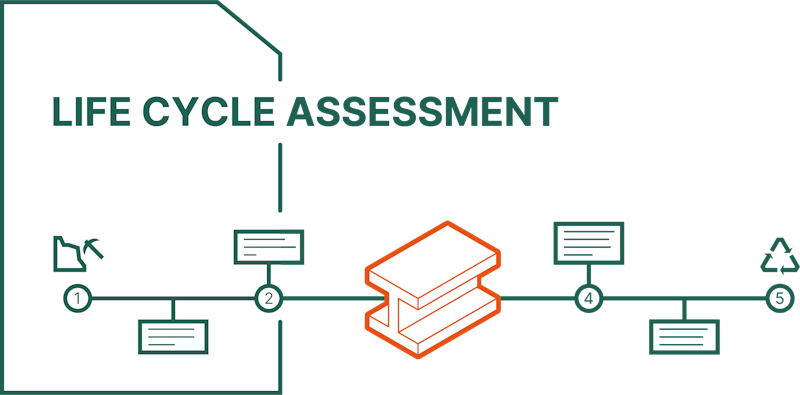
Step 3: Compile EPD data
Compile the results of the LCA study and additionally mandated information into EPD reporting format.
The results of the LCA study, e.g. the environmental performance results, and other information declared in the EPD must be compiled in the EPD reporting format. This may be performed in-house by the organisation itself or with the help of a consultant.
There are two available formats to register an EPD in:
Standard EPD Format: The standard EPD format is available for all product types and follows the traditional process of creating an EPD in pdf format and registering it together with metadata in the EPD Portal. Templates for EPD development and instructions on what information to provide are available on EPD Development Template and the EPD Portal.
EPD Compiler Format: The EPD Compiler format is available for most construction products and is a digital solution to EPD registration, which removes the need for the EPD Owner to manage files and pdf files during EPD development and instead allows for direct input of the information into the EPD Portal interface.
As a general rule, the EPD content:
Must be in line with the requirements and guidelines in ISO 14020 (Environmental statements and programmes for products - Principles and general requirements)
Must be verifiable, accurate, relevant, and not misleading
Must not include rating, judgments, or direct comparisons with other products
For EPDs for construction products compliant with EN 15804, the communication format of the EPD must be in accordance with EN 15942, Sustainability of construction works — Environmental product declarations — Communication formats business to business.
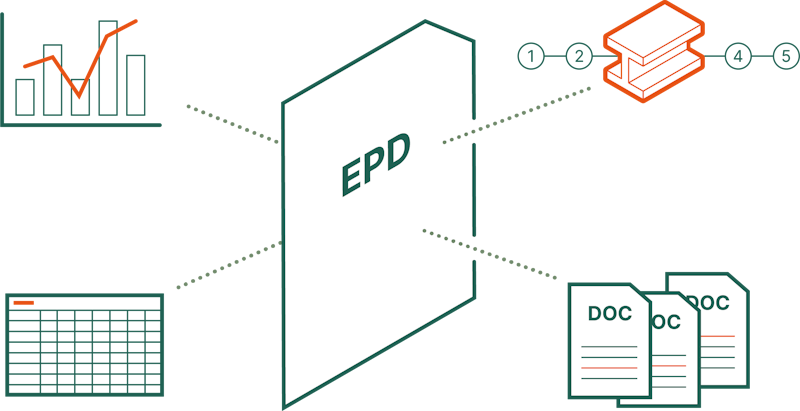
Step 4: Verify EPD
Verification must be conducted by: 1) a third-party verifier, either an approved individual verifier or an accredited certification body; 2) through process certification, or 3) through pre-verified tools.
EPD verification is the assessment of LCA data, including life cycle inventory data and other data of the LCA model, additional environmental, social, and economic information, and other information presented in an EPD based on the GPI and an applicable PCR (and c-PCR if applicable).
There are three types of EPD verification processes in IES for EPD development. All processes result in a third-party verified EPD that is in compliance with the referenced PCR and the General Programme Instructions (GPI):
Third-party Verification
Individual verification can be conducted by an approved individual verifier or an accredited certification body listed in the International EPD System with knowledge and experience of the types of products, the industry, and relevant standards of the product covered by the EPD and its geographical scope.EPD Process Certification
EPD process certification can be used to simplify the process for EPD owners in collecting data, conducting LCAs, and developing EPDs on a large scale. With EPD process certification, the EPD owner handles the management of EPD data involved in the independent verification procedure by themselves and issues EPDs without a third-party verifier being involved in each case. An organisation that has an EPD process certification must be assessed and certified by an accredited body on a regular basis.Pre-verified Tools
The use of pre-verified tools is supported in IES. The application of these tools simplifies the individual EPD verification or replaces it with an annual EPD verification. Any tool can be used for EPD development, but only tools that have undergone tool verification conducted by an approved tool verifier can be recognised as pre-verified tools.
For EPD verification requests, please find more information on the lists of approved individual verifiers and accredited certification bodies. Only accredited certification bodies are authorised to conduct EPD process certification.
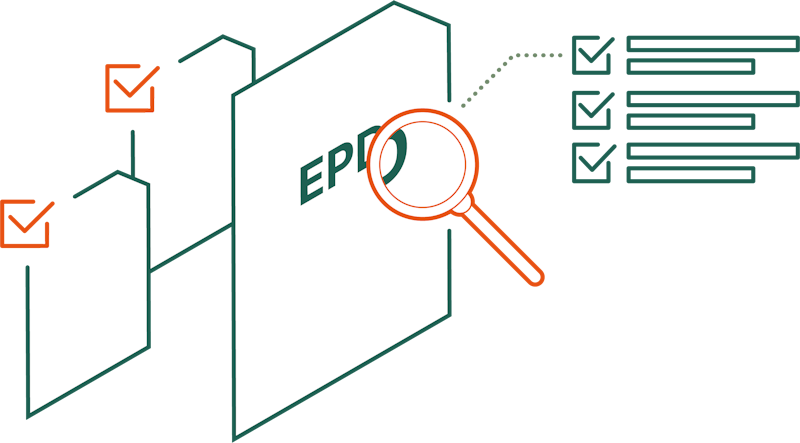
Step 5: Publish EPD
An EPD must be registered in the EPD Portal and published in EPD Library.
Once the EPD has been finalised by the EPD owner and following approval by the verifier in the EPD Portal, the EPD owner requests for registration of the EPD. Upon the completion of all steps and the publication of the EPD in the EPD Library, the EPD Owner is deemed to have accepted the Terms and Conditions of the IES. Accordingly, all applicable registration fees will apply. The Secretariat subsequently publishes the EPD in the EPD Library once having confirmed that all requirements are met.
EPDs are published in the EPD Library by the Secretariat after the EPD owner has provided all the necessary information and data, and signed the service agreement. The EPD owner must complete these steps so that the publication can be done within 90 days of the version date of the EPD. After publication, EPDs will be publicly available in the EPD Library.
A published EPD may be corrected and amended as needed. An EPD will remain published for as long as the associated fees are paid by the EPD owner or until deregistered by the EPD owner or the Secretariat. An expired EPD must be updated within a year in order to regain validity.
